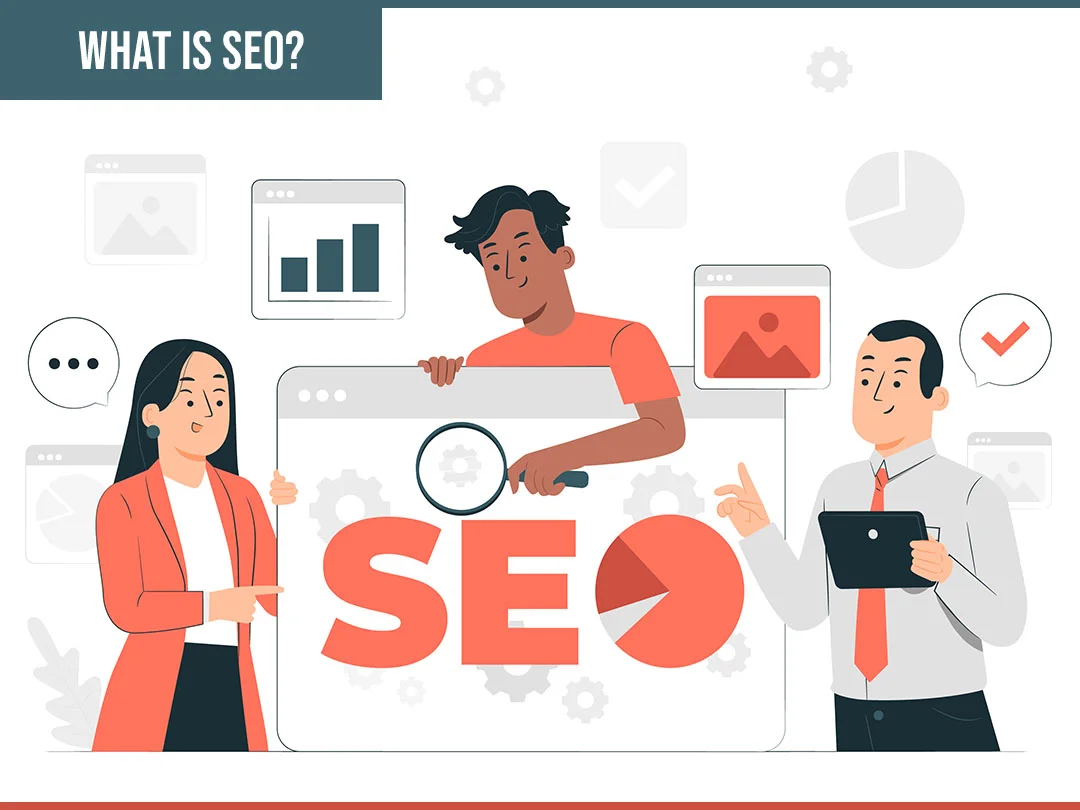 Search Engine Optimization (SEO) is an essential component of digital marketing that focuses on enhancing the visibility of websites in search engine results. As a strategic blend of technical web development, content creation, and marketing tactics, SEO aims to elevate a site’s relevance and authority for specific search queries. This is particularly crucial for businesses aiming to drive organic traffic to their websites, including those seeking the expertise of an SEO company near Jacksonville, where the digital market is as competitive as ever.
Search Engine Optimization (SEO) is an essential component of digital marketing that focuses on enhancing the visibility of websites in search engine results. As a strategic blend of technical web development, content creation, and marketing tactics, SEO aims to elevate a site’s relevance and authority for specific search queries. This is particularly crucial for businesses aiming to drive organic traffic to their websites, including those seeking the expertise of an SEO company near Jacksonville, where the digital market is as competitive as ever.
The Role of Search Engines in SEO
To demystify SEO, one must delve into the mechanics of search engines. Giants like Google and Bing utilize intricate algorithms to crawl the web, index content, and rank pages by relevance to user queries. These algorithms consider a myriad of factors, such as keywords, site structure, and user experience, which a seasoned SEO company would navigate expertly to enhance a site’s digital marketing strategy.
Keywords: The SEO Cornerstone
At the heart of SEO lie keywords, the terms users enter into search engines while seeking information. Effective digital marketing strategies and SEO efforts hinge on identifying and targeting the right keywords. This ensures that content resonates with the target audience’s search intent, increasing the likelihood of discovery by potential customers, especially those in specific locales such as near Jacksonville.
On-Page SEO: Content Optimization
On-page SEO is the optimization of a website’s content and HTML source code. It’s about creating content that’s not only high-quality and relevant but also structured for search engine comprehension. This includes the strategic use of headings, meta tags, and descriptions, as well as optimizing images and ensuring mobile responsiveness, a crucial aspect of digital marketing in today’s mobile-first world.
Off-Page SEO: Establishing Authority
Off-page SEO extends beyond the website to include external ranking factors like backlinks. These are indicators of your site’s authority and are akin to endorsements from other websites. An adept SEO company will focus on building a robust backlink profile, which is a testament to a site’s credibility and can significantly influence its ranking in search results.
Technical SEO: The Digital Foundation
Technical SEO is concerned with the non-content elements of a website. It involves strategies to enhance a site’s backend structure, ensuring that it is easy for search engines to crawl and interpret. This facet of SEO is critical for providing a seamless user experience, which search engines reward when ranking sites.
Local SEO: Capturing the Local Market
Local SEO optimizes a business’s online presence to attract more customers from relevant local searches, an essential strategy for businesses near Jacksonville or any other specific region. This includes managing online business listings, garnering reviews, and ensuring location-based information like business hours and maps are accurate and easily accessible.
Leveraging SEO Tools and Best Practices
SEO professionals utilize a suite of tools to analyze and optimize websites. These tools offer insights into keyword rankings, backlink profiles, and competitive landscapes. Google Analytics and Google Search Console are fundamental in gauging a site’s performance and pinpointing opportunities for improvement.
Adapting to SEO Changes
SEO is dynamic, with search engines regularly refining their algorithms. Modern SEO strategies must adapt to these changes to remain effective. For example, Google’s updates have increasingly favored sites that offer excellent user experiences, penalizing those that engage in dubious practices like keyword stuffing.
The Significance of SEO in Digital Marketing
In the digital age, the importance of SEO cannot be overstated, especially for businesses looking to differentiate themselves online. An SEO company near Jacksonville or any other competitive digital marketing landscape can be instrumental in helping a site gain the visibility it needs to attract traffic and stand out from the crowd.
Conclusion
SEO remains a critical pillar in the structure of effective digital marketing. It ensures that a website not only reaches its intended audience but also delivers on the expectations of both users and search engines. For businesses aiming to dominate their local markets, such as those in Florida, partnering with a specialized firm like Local SEO Jacksonville Company can be a game-changer. With their expertise in tailoring SEO strategies to the nuances of the local landscape, they can help your business stand out in the bustling digital ecosystem. Whether you’re near Tampa or in Jacksonville, a robust SEO approach can propel your online presence to new heights, driving traffic and fostering growth in an increasingly competitive online world.
Picture Credit: Freepik









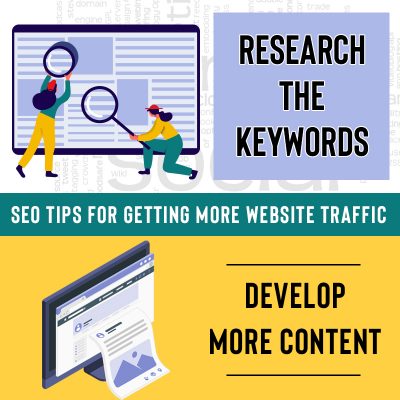 Around 40% of the
Around 40% of the  With 2019 already here, it is time to start thinking about how you can reign with
With 2019 already here, it is time to start thinking about how you can reign with 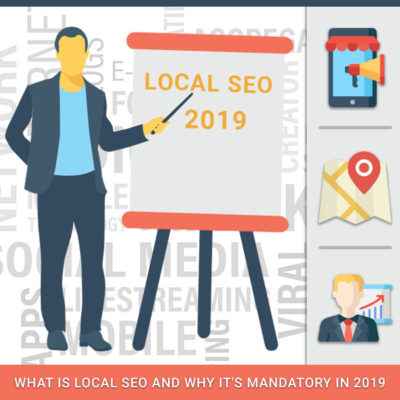 In a nutshell, local
In a nutshell, local 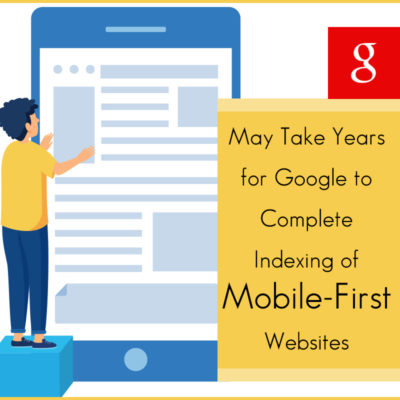 It is now more than a year when
It is now more than a year when 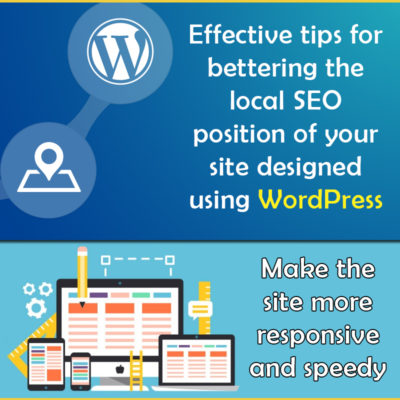 Of all the open-source CMS platforms that exist, WordPress is definitely one of the most popular, thanks to its resourcefulness, flexibility and convenience of use, including the fact that the system can be used for free. No wonder then that, nearly 29% of all sites are based on
Of all the open-source CMS platforms that exist, WordPress is definitely one of the most popular, thanks to its resourcefulness, flexibility and convenience of use, including the fact that the system can be used for free. No wonder then that, nearly 29% of all sites are based on 

